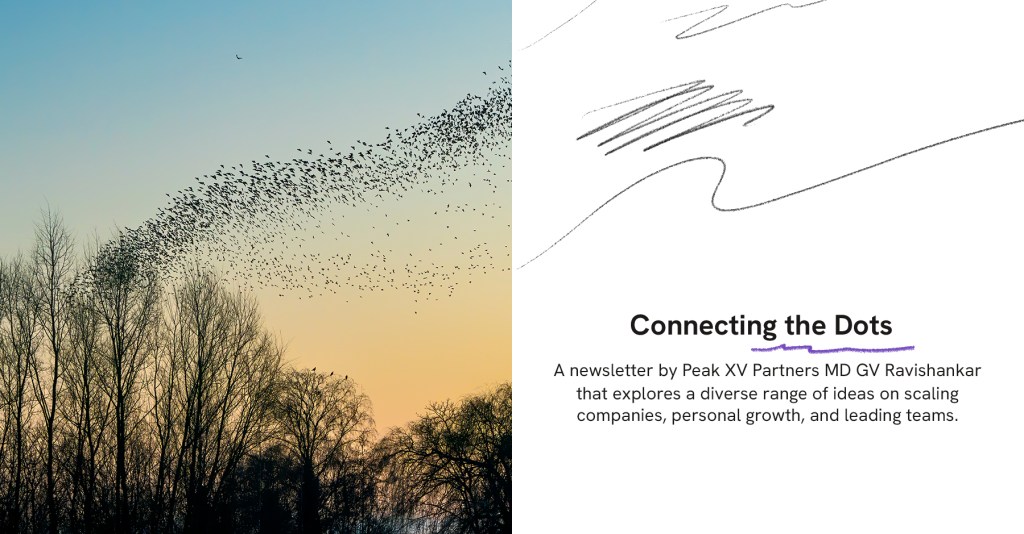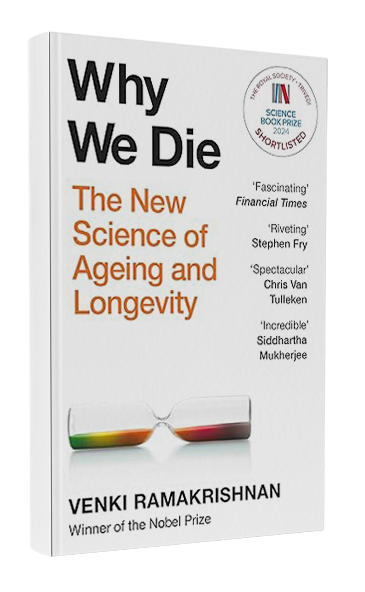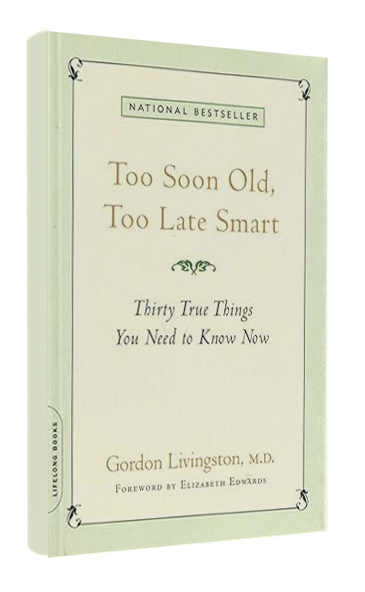The Star in My Coffee – Where Pride Meets Purpose
ByGV Ravishankar
PublishedMay 1, 2025
When people feel seen, valued, and aligned with something bigger, they don’t just show up—they show up with pride and purpose.
Every morning, I stop by Adyar Ananda Bhavan (A2B), a no-frills South Indian restaurant near my home in Bangalore, for a cup of filter coffee. A good cup of coffee in the morning feels like a day well started and reminds me to appreciate the little joys in life. It’s part ritual, part comfort.
But one morning, something small yet striking happened. The barista (yes, I just promoted him from coffee boy!), who sees me almost every day, handed over my coffee with a little smile, and on top of the foam, he had drawn a delicate star using the decoction. While I’ve seen coffee art in expensive cafes or five-star hotels, it’s rare at low-cost, busy South Indian restaurants where most employees are roughing it out under more difficult conditions in hot, non-air conditioned kitchens.
It caught me off guard. A quiet gesture, but it lit up my morning. That small touch—a star in my coffee—felt like more than just aesthetic flair. It felt like a gift. A sign that someone, in a role most people overlook, was taking pride in their work, maybe even trying to bring a moment of joy to a regular customer.
It reminded me of that oft-quoted story from NASA. In 1962, when US President John F. Kennedy was touring the space center, he asked a janitor what he was doing. The janitor replied, “I’m helping put a man on the moon.” Whether or not that story is true, its meaning is powerful: When people see a bigger purpose in what they do, the most mundane job becomes noble. When people take pride in what they do, you can see them delivering their best.
A similar scene plays out in the film Munna Bhai M.B.B.S.. Munna (played by Sanjay Dutt) speaks to a hospital janitor named Maqsood Bhai, treating him with dignity and respect—unlike the rest of the hospital staff, who usually ignore or demean support staff. When someone inquires why Munna is friendly with the janitor, Munna says something along the lines of:
“Yeh safai nahi karte sirf… yeh log bhi zindagi
bachaate hain.”
(“They don’t just clean… they help save lives too.”)
It’s the same spirit. The same dignity. It’s a reminder to understand the bigger purpose in what otherwise feels mundane and ordinary.
The barista at A2B may not be changing the world, but in his small act, he brought intentionality, care, and even art into a routine task. He wasn’t just making coffee. He was starting someone’s day with warmth and maybe, a little bit of joy.
Most of us, at some point, have found ourselves grumbling about the monotony of our roles, the repetitiveness of daily tasks, or the feeling that our contribution is too small to matter. It’s easy to slip into that mindset—especially when we’re focused on short-term outcomes or when our work feels disconnected from the larger picture. It feels meaningless, and when work feels bereft of meaning, we start losing the joy in our work. We become just a cog in the wheel, another brick in the wall.

But what if we looked at our roles differently?
In any organization, big or small, everyone has a role to play in realizing a shared mission. When we align ourselves with that larger purpose—whether it’s sending a human to the moon, healing patients in a hospital, or delighting customers in a coffee shop—we begin to bring more care, energy, and creativity to our work. Our jobs stop being chores and start becoming crafts.
Food delivery becomes delivering happiness (like the Domino’s slogan ‘Kushiyon ki home delivery,’ about bringing happiness to your doorstep). Similarly, making sports shoes becomes about building tools of empowerment (like Adidas’ ‘Impossible is nothing’ slogan, about challenging limitations). And selling insurance becomes about encouraging dignity and confidence (HDFC Life’s ‘Sar Utha Ke Jiyo’ – Live life with your head held high).
Once seen through this lens, we may be motivated to work differently, and the resulting positive ripple effects become tangible.
People who work with pride and purpose tend to stand out. Their excellence gets noticed. Their contributions build trust. They lift team morale. And as the organization progresses—whether in performance, impact, or reputation—they often rise with it. Careers don’t always move in straight lines, but alignment with the mission often opens unexpected doors.
So the next time we feel like what we’re doing doesn’t matter, perhaps we can pause and ask ourselves a few questions:
What is the larger mission I’m a part of?
Who am I helping?
What impact am I enabling, even indirectly?
Whether you’re coding a feature, reconciling accounts, writing reports, or serving coffee—there’s always someone on the receiving end of your work. And it does make a difference to their lives if – even in a small way – someone is enabled to accomplish their goals through your work, someone makes progress, or someone can serve someone else better. And recognizing that provides an opportunity for more meaningful contributions, transforming the ordinary.
As founders, managers, or team leaders, we often underestimate the power of helping people see the meaning behind their work. It’s not enough to set targets and deadlines—we need to connect the individual roles and the organization’s larger purpose. Share customer stories. Celebrate small wins that ladder up to big missions.
When people feel seen, valued, and aligned with something bigger, they don’t just show up—they show up with pride and purpose. Unlike pressure, pride creates lasting motivation. It turns employees into ambassadors. Tasks into crafts. And workplaces into communities where excellence becomes the norm.
When we take pride in our work, we don’t just serve others—we serve a deeper part of ourselves. Like the little star in my filter coffee, a touch of pride can turn the ordinary into something beautiful.
“Most of us, at some point, have found ourselves grumbling about the monotony of our roles, the repetitiveness of daily tasks, or the feeling that our contribution is too small to matter. It’s easy to slip into that mindset… But what if we looked at our roles differently?”
Recommended Reads
Three articles I found interesting:
• This article by podcaster and entrepreneur Utsav Mamoria on how to live an intellectually rich life dives into how one can overcome the anxieties of ignorance and entrapments of modern life. He suggests that intellectual richness arises from deliberate, sustained engagement with knowledge, leading to personal growth and a more profound understanding of the world. It’s a long but very interesting read and one that prompted me to write an email back to Utsav to share how much I enjoyed some of his writing.
• This article delves into the possibility of communication with trees by adjusting human awareness to their “bandwidths”. It talks about how much we have in common with trees, including our breathing patterns and about half of our DNA. Regular readers will know the natural world never ceases to amaze me, and I like how the author, Jane Cobbald, details her interactions with trees like the beech, yew, oak, ash, and the cedar of Lebanon.
• Have humans passed peak brain power? This is exactly the question John Burn-Murdoch attempts to answer in this Financial Times article. Some tests suggest that human intellectual capacity for reasoning and problem-solving may have peaked around the early 2010s and has been declining since. Not surprisingly, our constant consumption of digital content and general drop in reading habits are some contributing factors. One takeaway: The capacity for human intellectual ability, thankfully, is not diminished. And the internet is good, in small doses.
If you have time for longer reads:

Why We Die – The New Science of Ageing and Longevity
by Venki Ramakrishnan
Nobel Prize-winning molecular biologist Venki Ramakrishnan makes the latest scientific breakthroughs on aging and longevity eminently accessible in this book. Maybe as I get older, I get more curious about aging and death, but this one really covers ground on why we age, what attempts are being made to help slow it down, and how many of these are fighting an inevitability in the author’s view. And then one is left pondering how, as we increase our lifespan, the years are unfortunately only getting stacked to the end – a reminder to keep our health and fitness intact for as long as we can.

Too Soon Old, Too Late Smart by Gordon Livingston
Gordon Livingston, who has spent 35 years as a psychiatrist, emphasizes in this book that “we are what we do,” highlighting the importance of behavior over thoughts or intentions. In this book, he explores themes like the subjectivity of happiness and the impact of expectations in relationships, and he advises aligning our internal ‘maps’ with reality. I like the actionability of the “bedrock truths” shared in the book. Definitely a must read!
Do write in at gv@peakxv.com if my interests intersect with yours! Click here to read more articles on Peak XV’s blog. For more editions of Connecting the Dots, click here. I’m also on LinkedIn and Twitter.